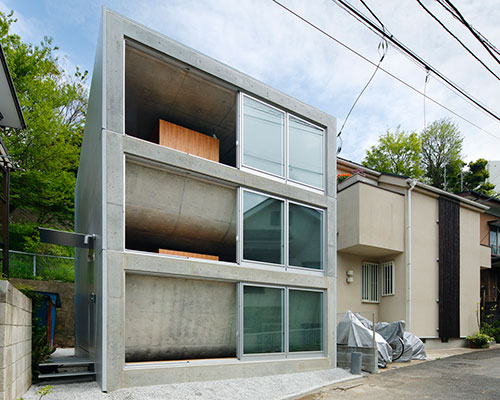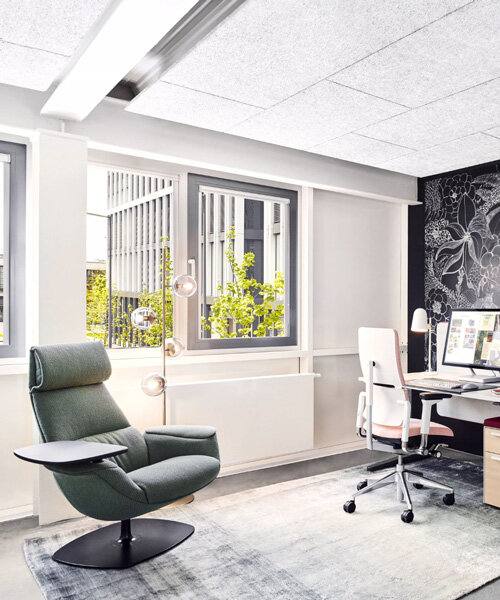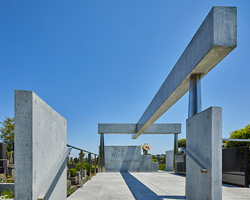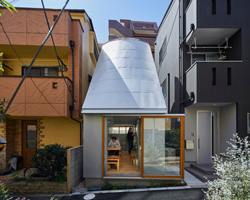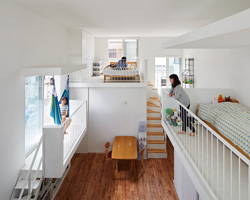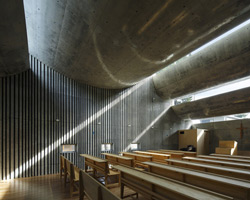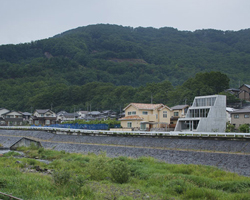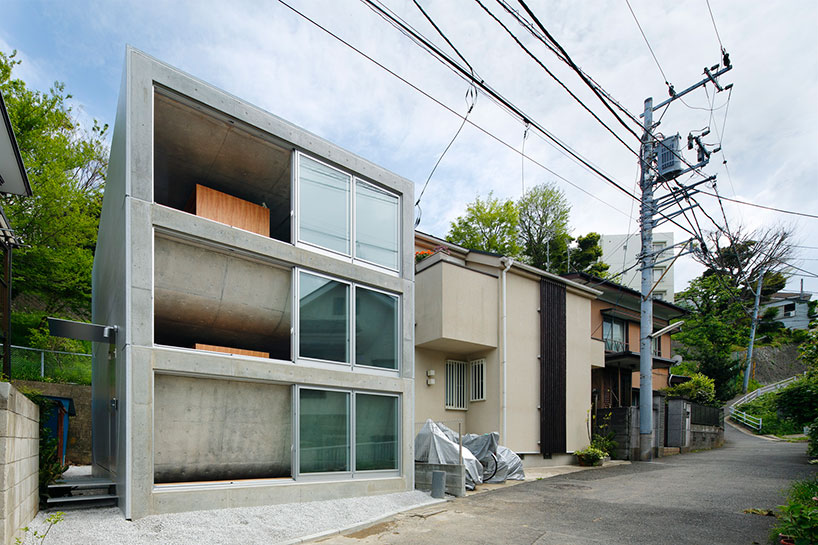
a regular concrete box and glass facade define the exterior of byoubugaura by japanese practice takeshi hosaka architect, but further observation reveals quite a unique interactive home with unexpected spaces. the home consists of a basement level and two floors above grade- simple in program but complex in structure. the concrete floor plates are drastically curved upwards at the front and rear facades, allowing no direct view into the spaces, which are in reality sunken below the grid established by the structure. no matter which floor you are on, they feel the exact same, blurring the spatial distinction between below and above grade. the design also blocks the site of neighboring structures around the house and instead wooden floors make the house livable and reflect the indirect light seeping in through the walls. four glass panes at each level slide back and forth allowing for a variety open-air configurations. a circular stairway slicing through the bend in the floor plate connects level, exposing a small section of the floor construction.
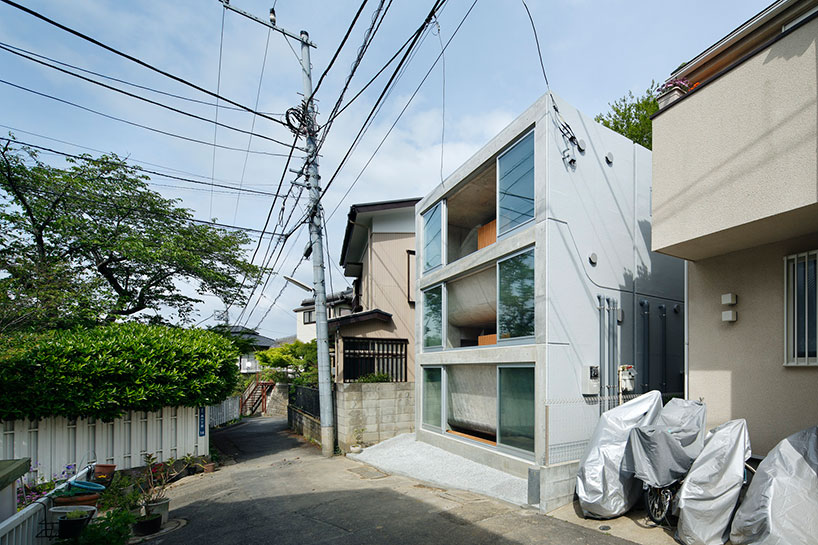
image © koji fujii / nacasa&partners inc. (also main image)
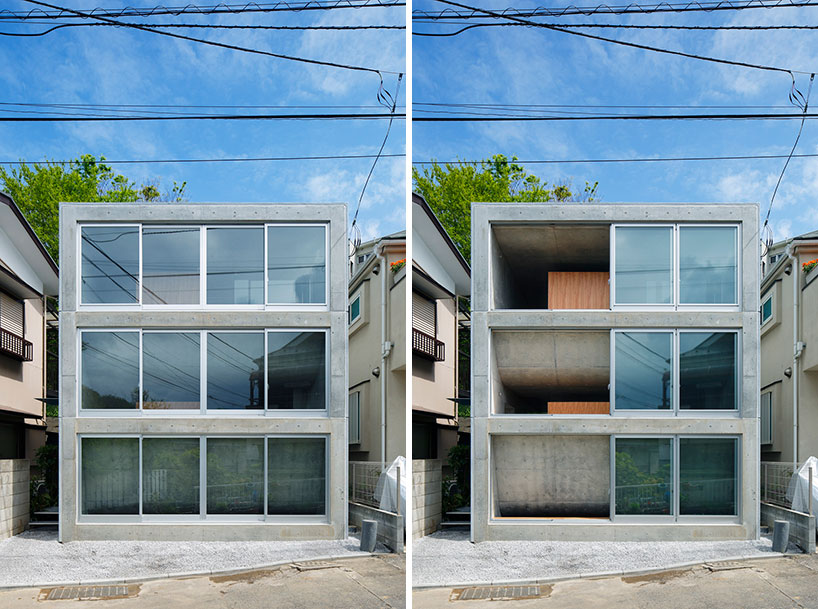
illustrating the sliding panels
image © koji fujii / nacasa&partners inc.
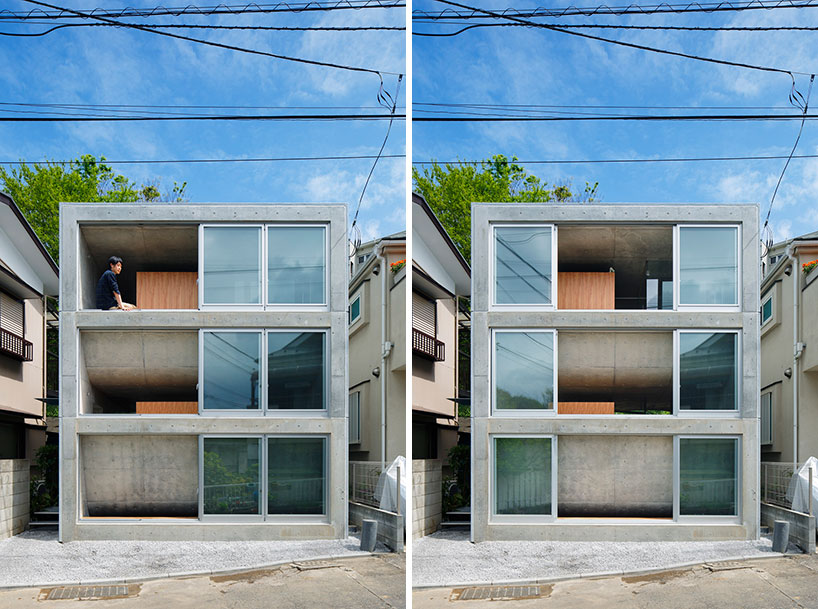
image © koji fujii / nacasa&partners inc.
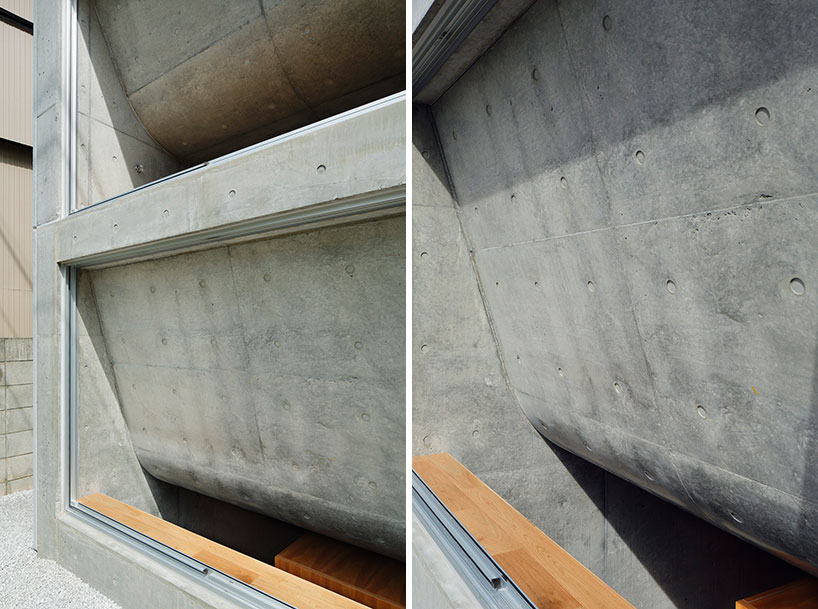
image © koji fujii / nacasa&partners inc.
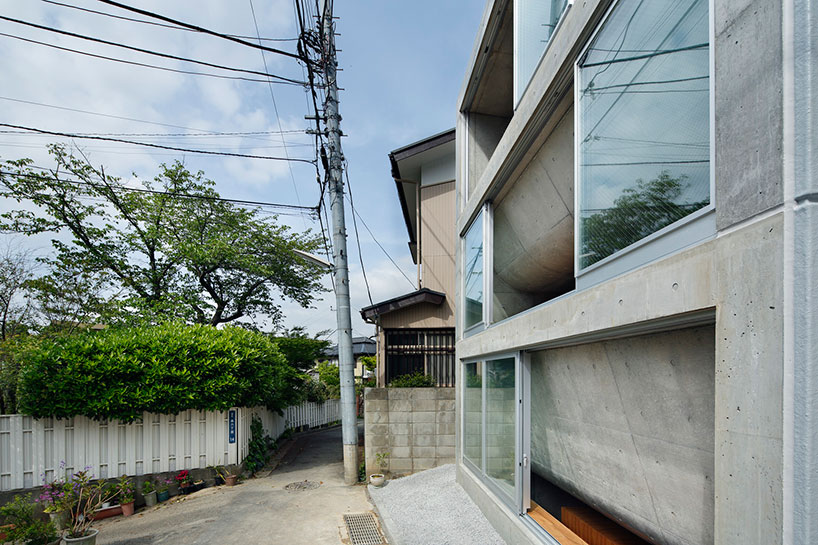
image © koji fujii / nacasa&partners inc.

image © koji fujii / nacasa&partners inc.
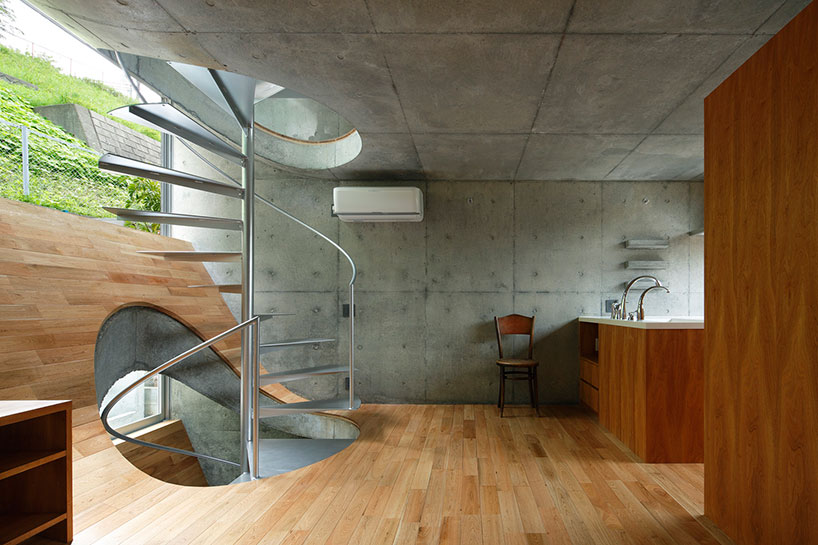
image © koji fujii / nacasa&partners inc.
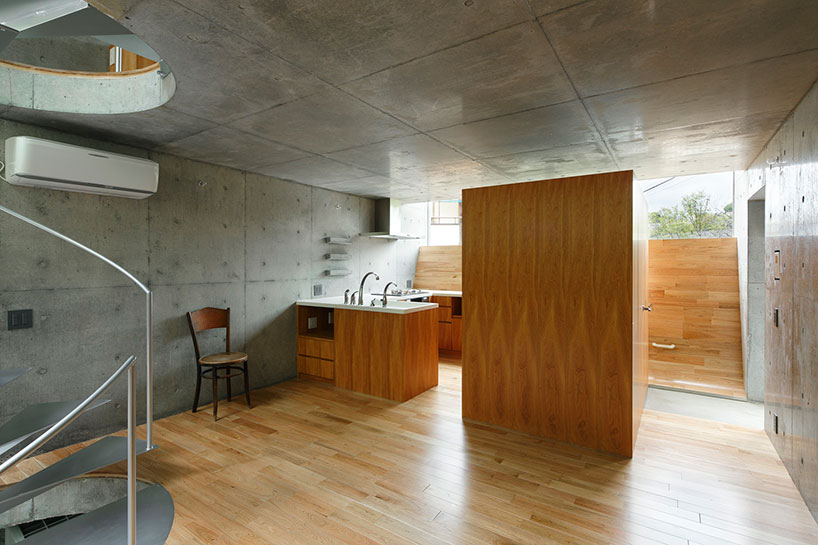
image © koji fujii / nacasa&partners inc.
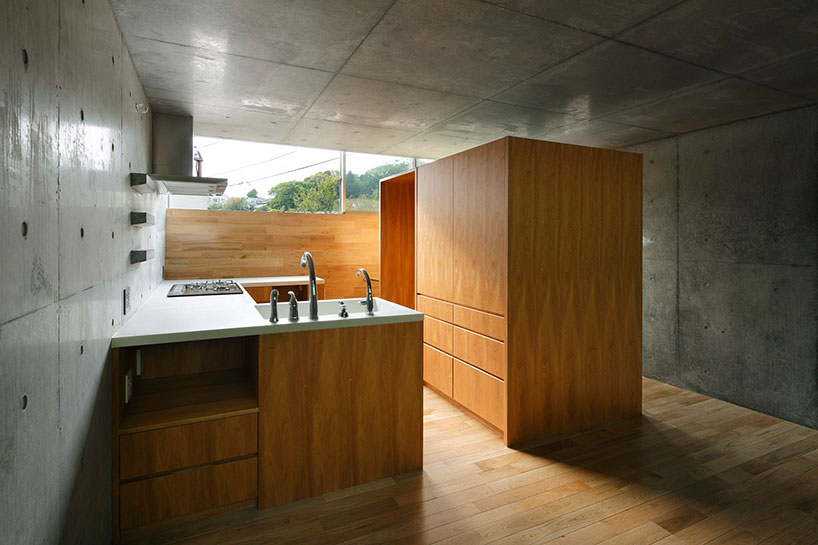
image © koji fujii / nacasa&partners inc.
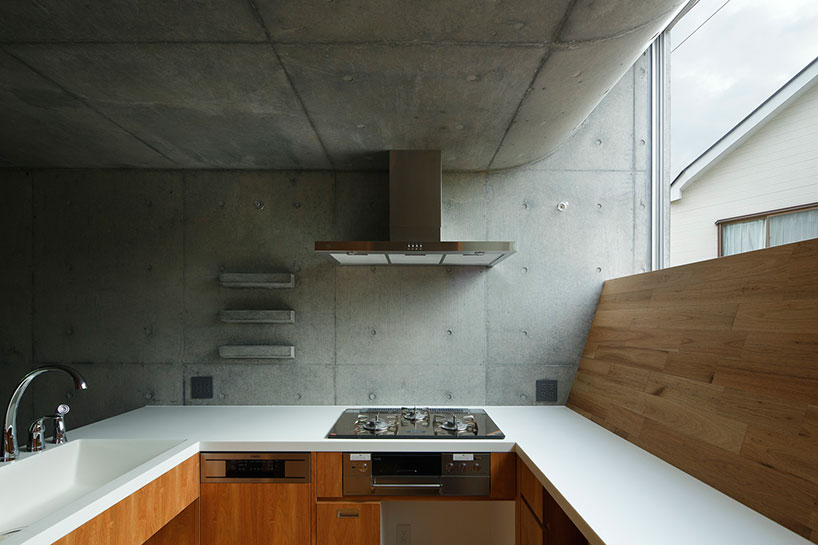
image © koji fujii / nacasa&partners inc.
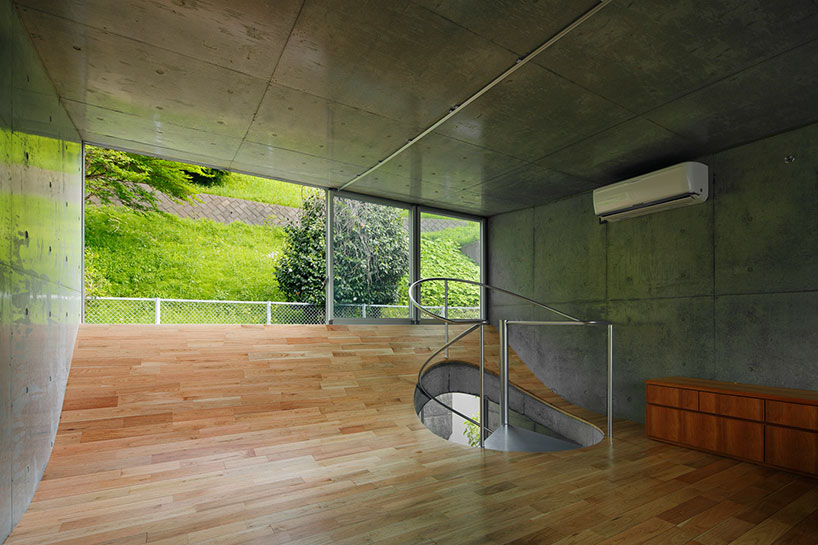
image © koji fujii / nacasa&partners inc.
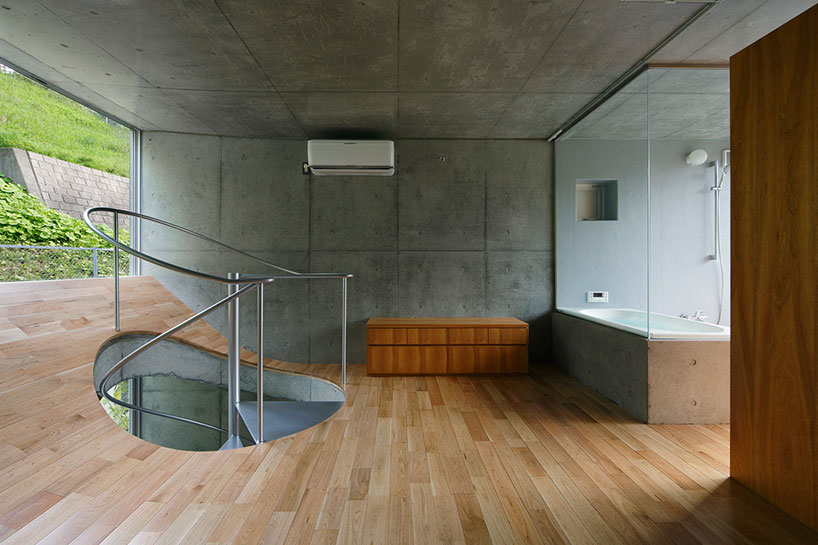
image © koji fujii / nacasa&partners inc.
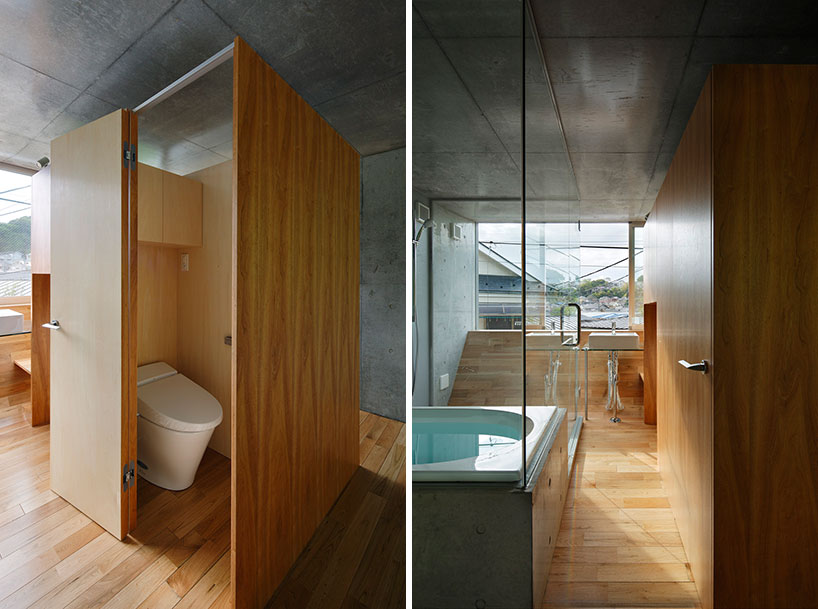
image © koji fujii / nacasa&partners inc.
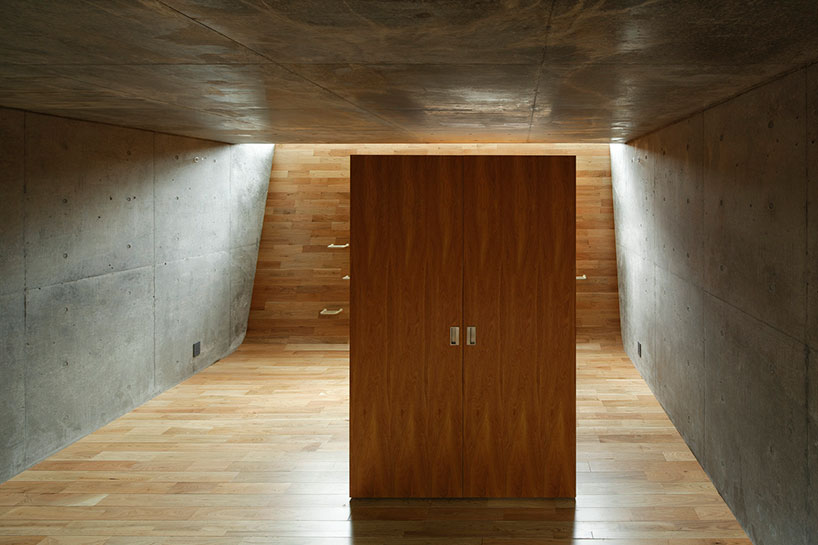
image © koji fujii / nacasa&partners inc.
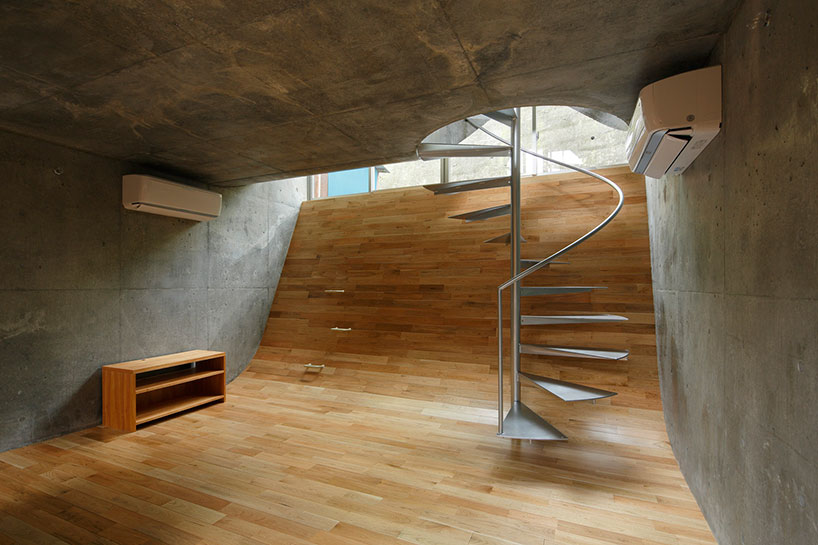
image © koji fujii / nacasa&partners inc.
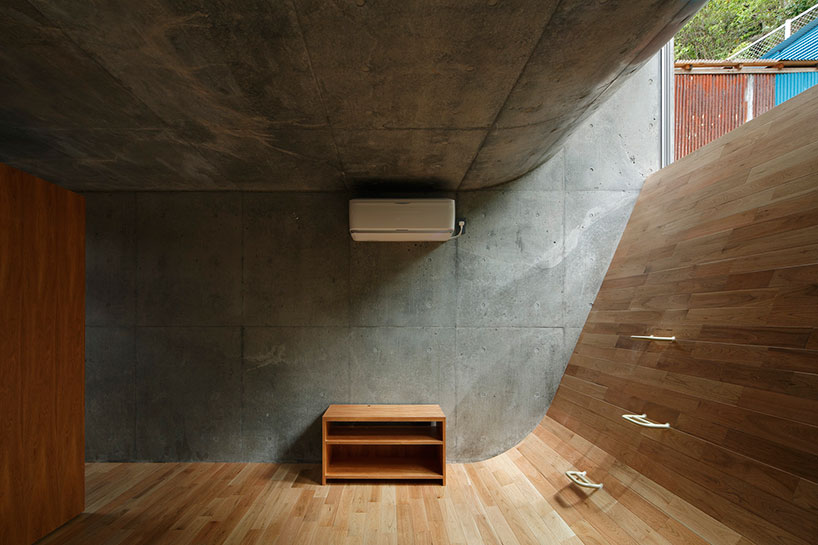
image © koji fujii / nacasa&partners inc.
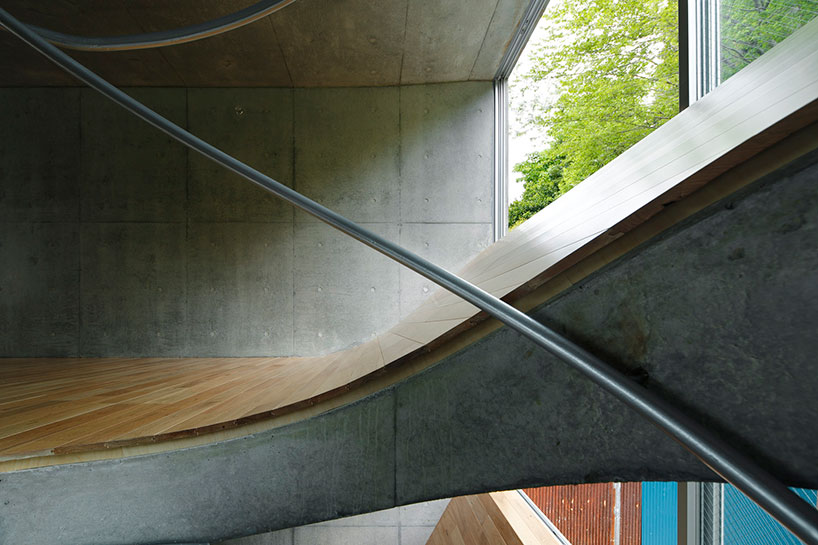
image © koji fujii / nacasa&partners inc.
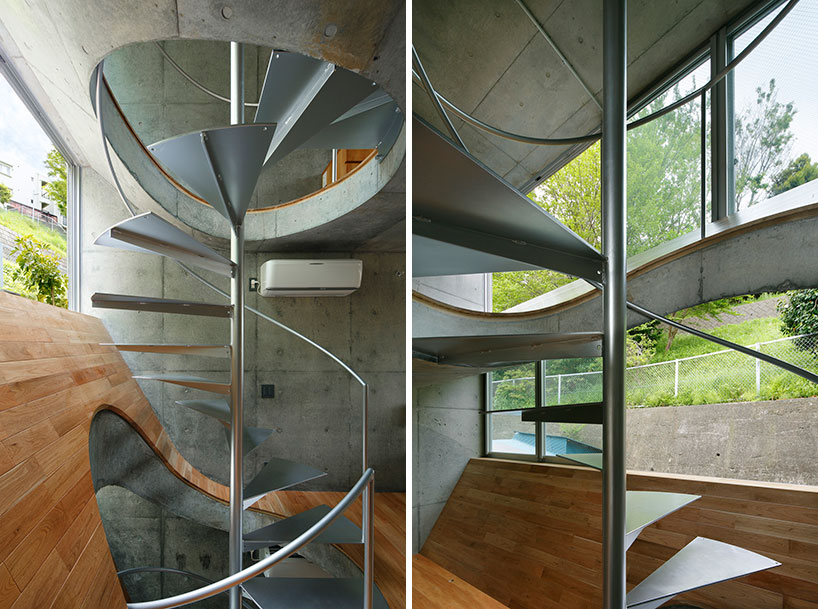
image © koji fujii / nacasa&partners inc.
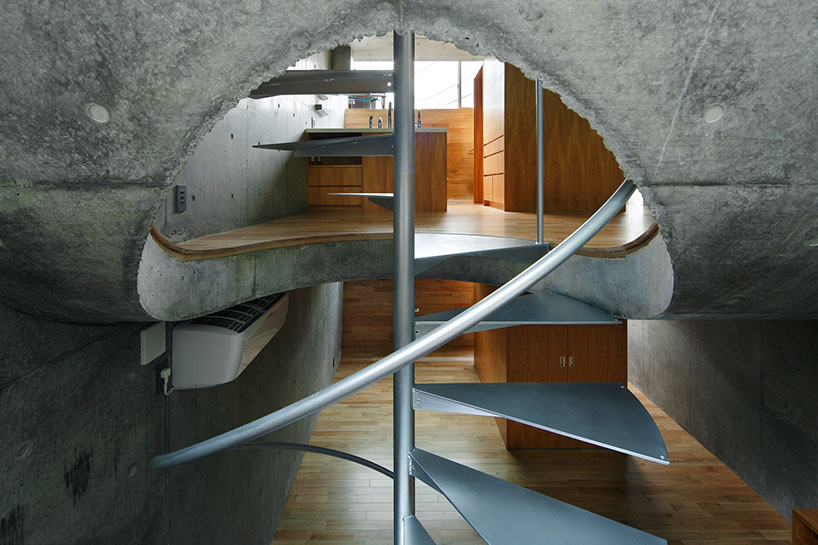
image © koji fujii / nacasa&partners inc.
![]()
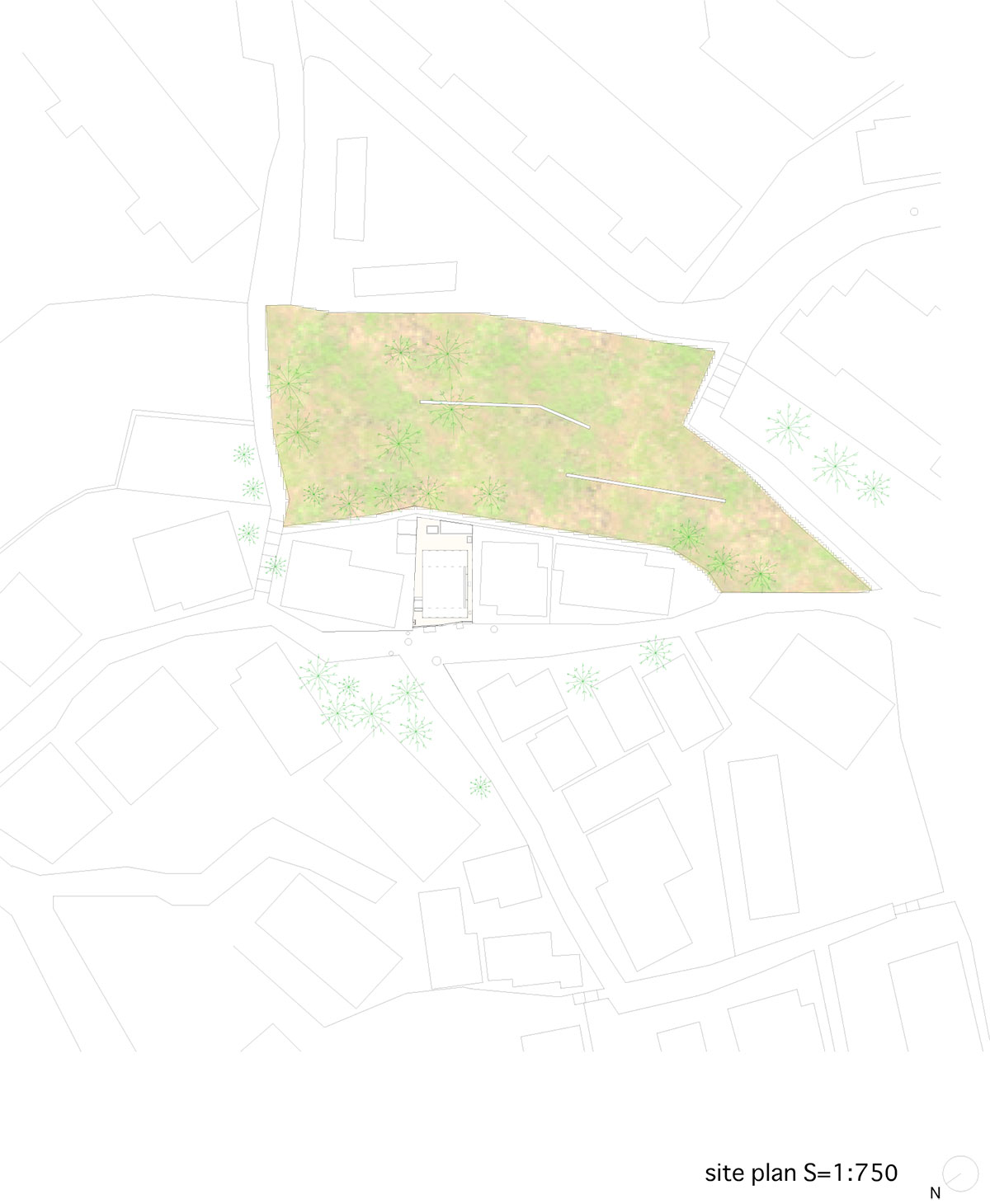
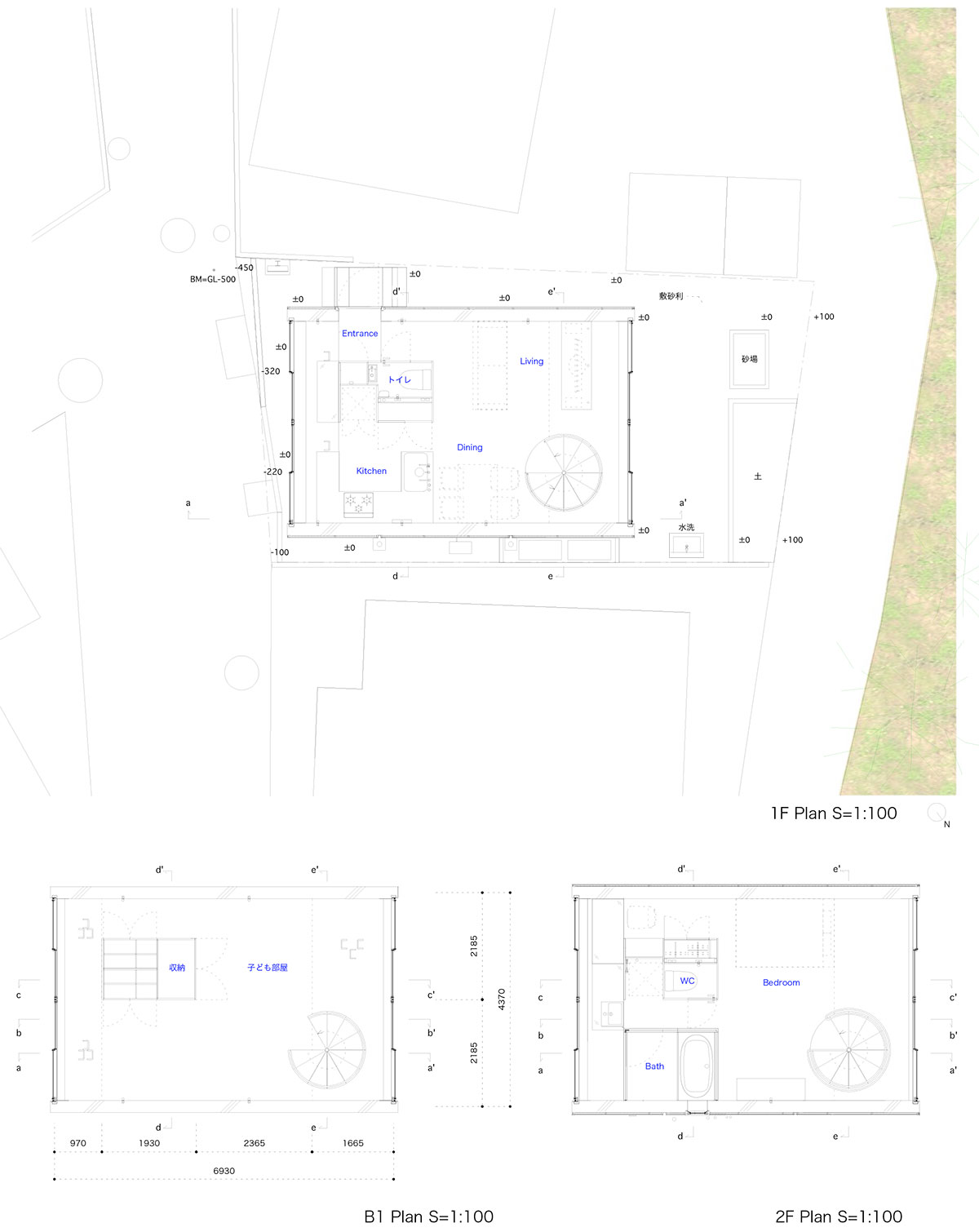
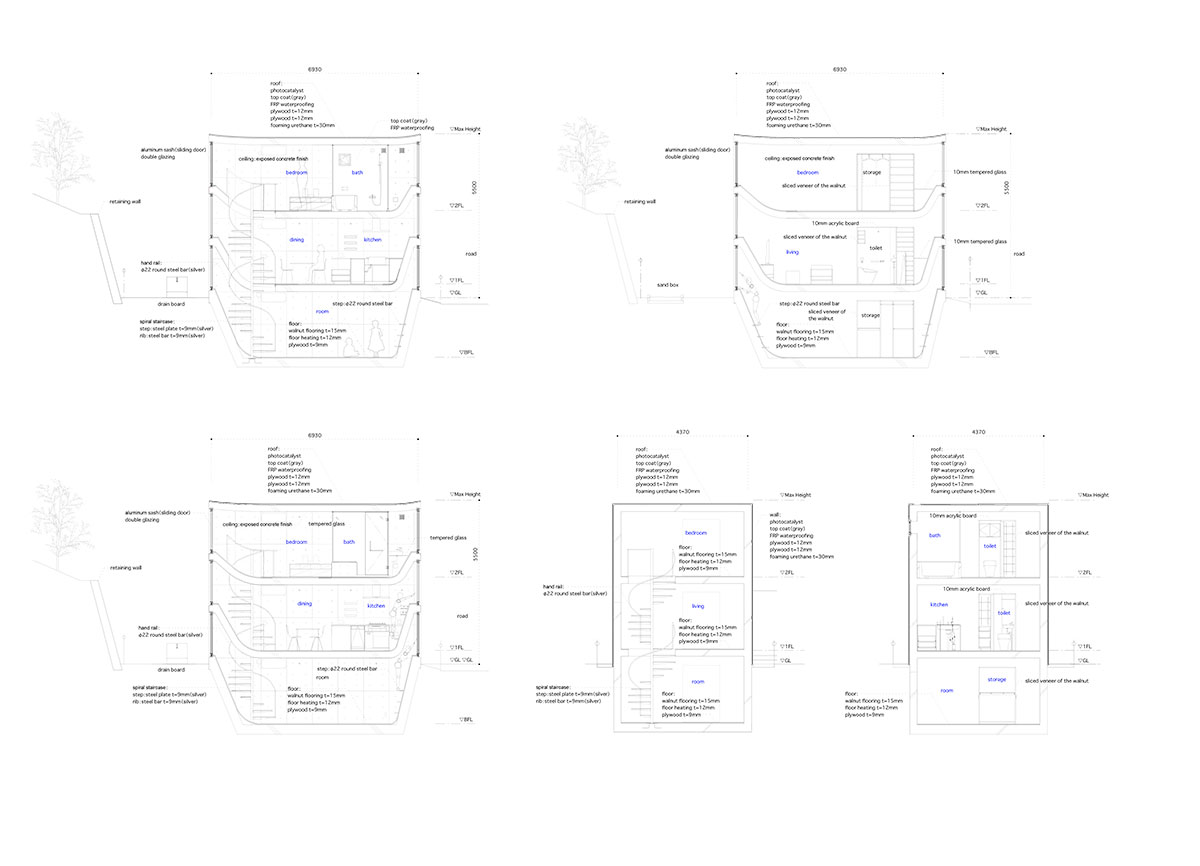
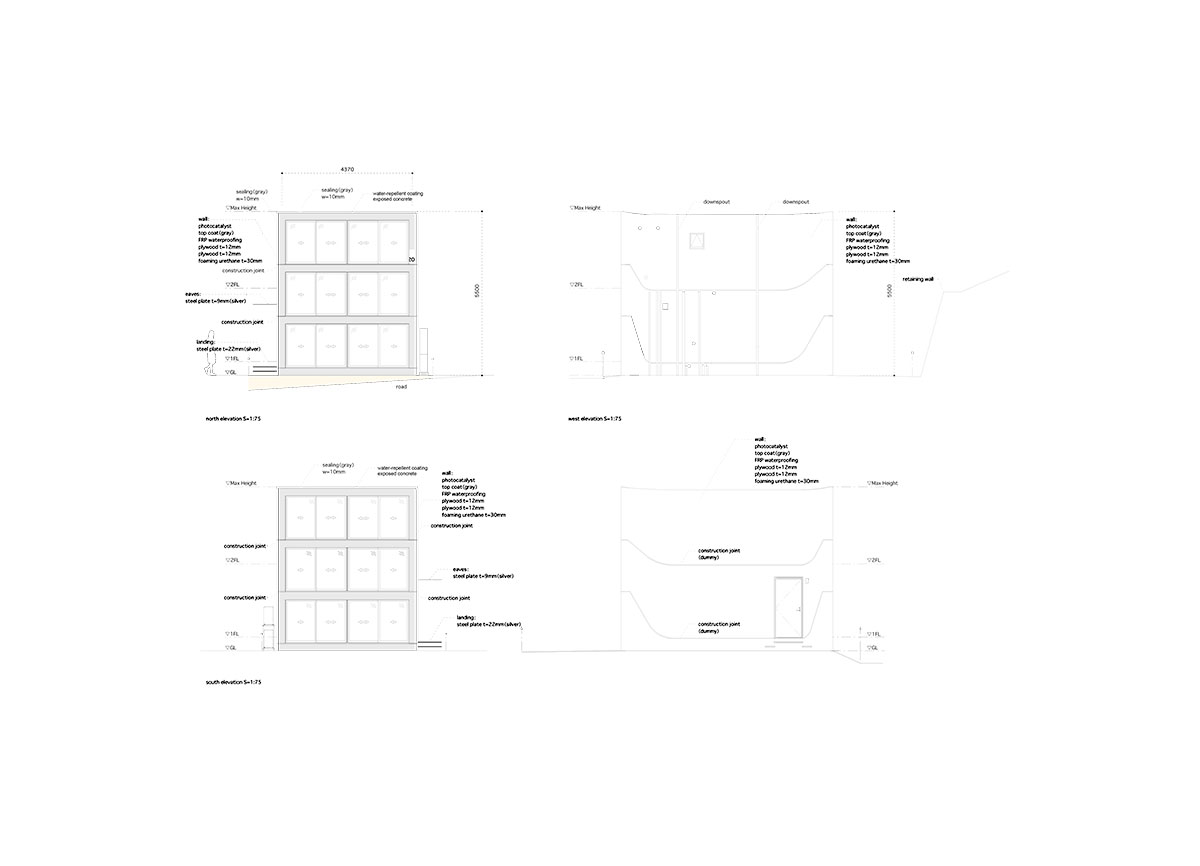
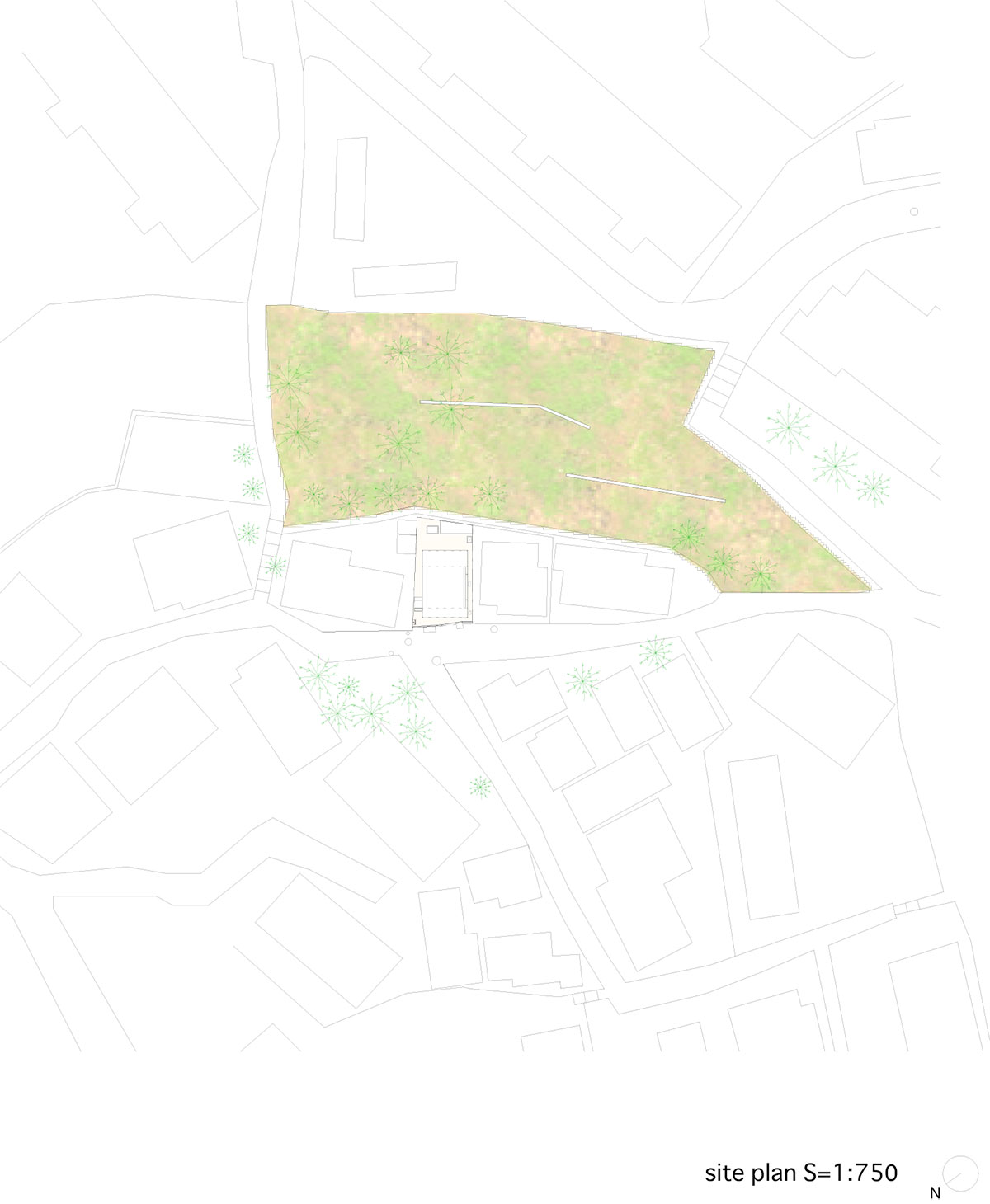
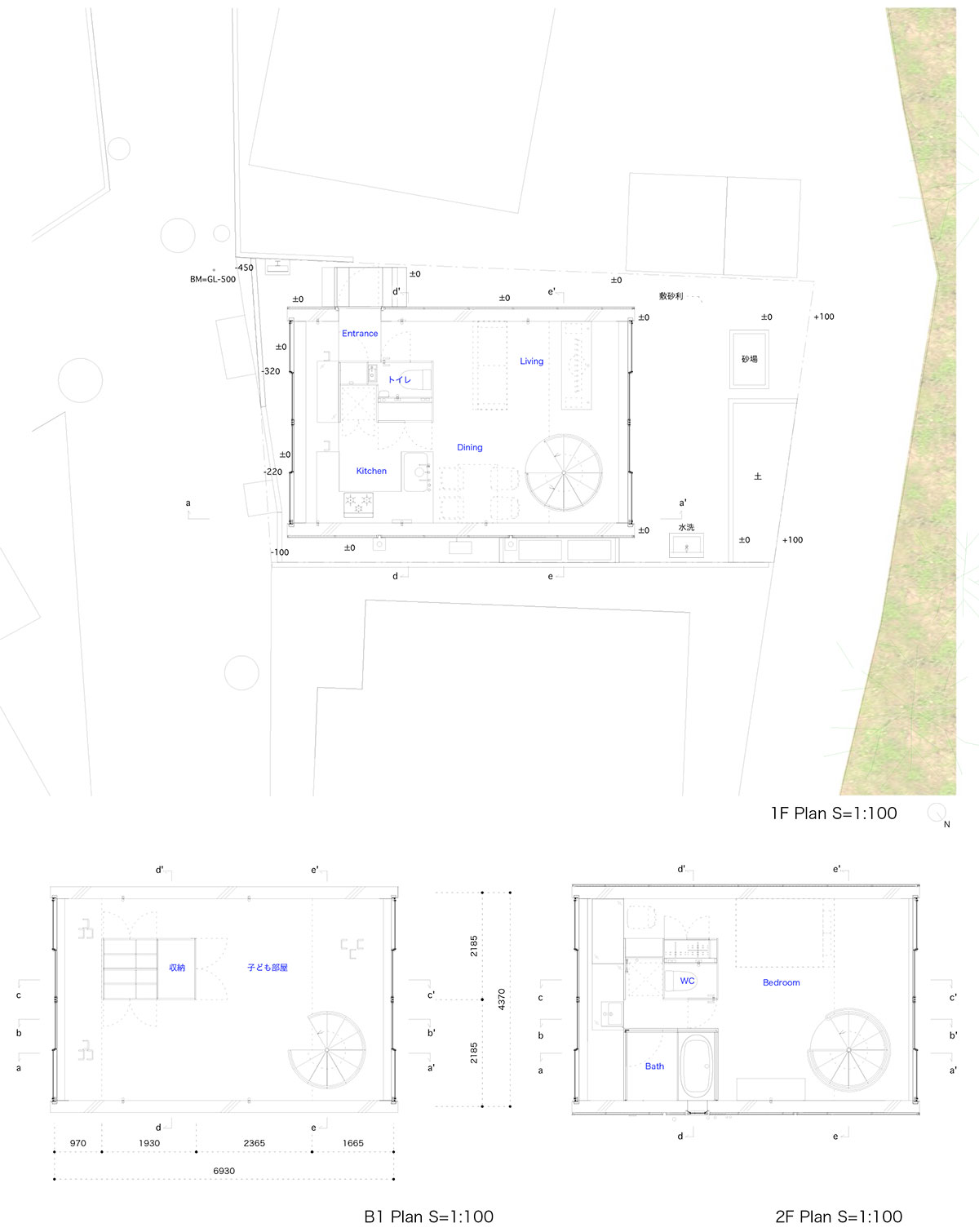
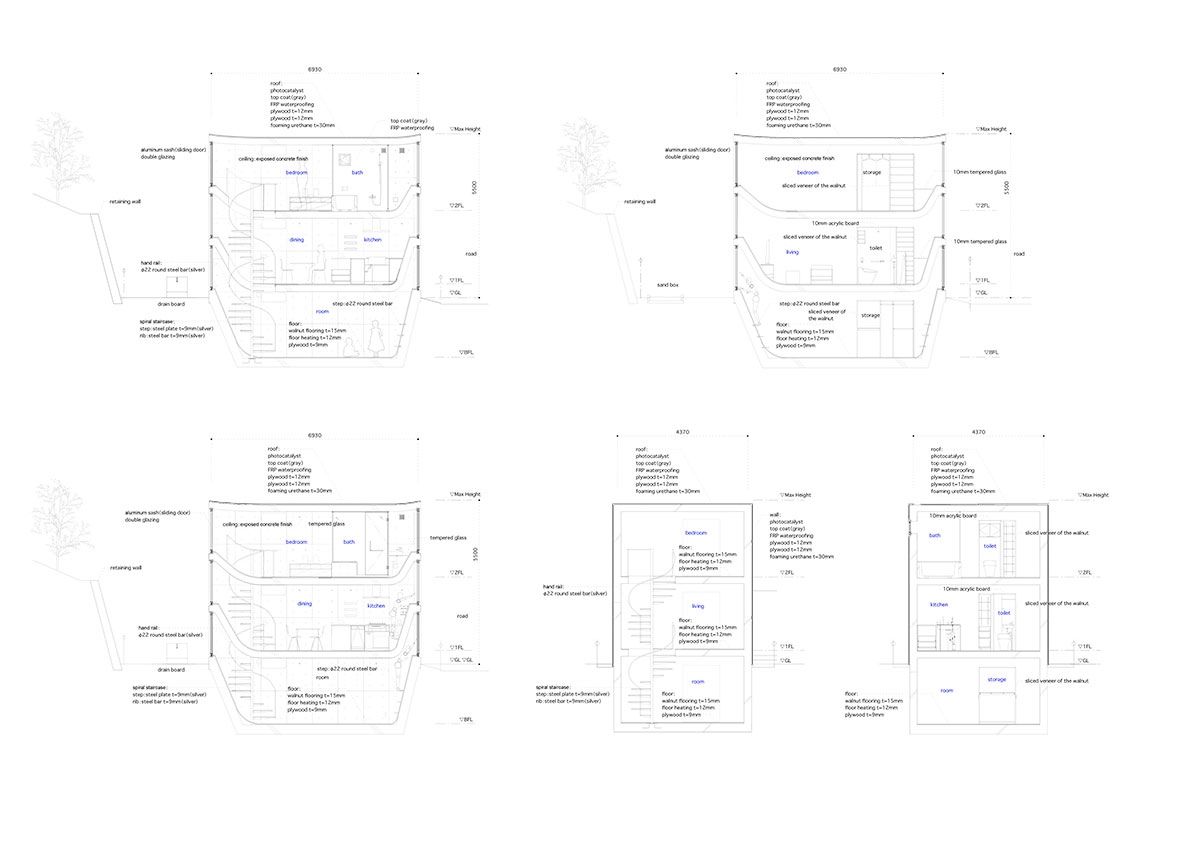
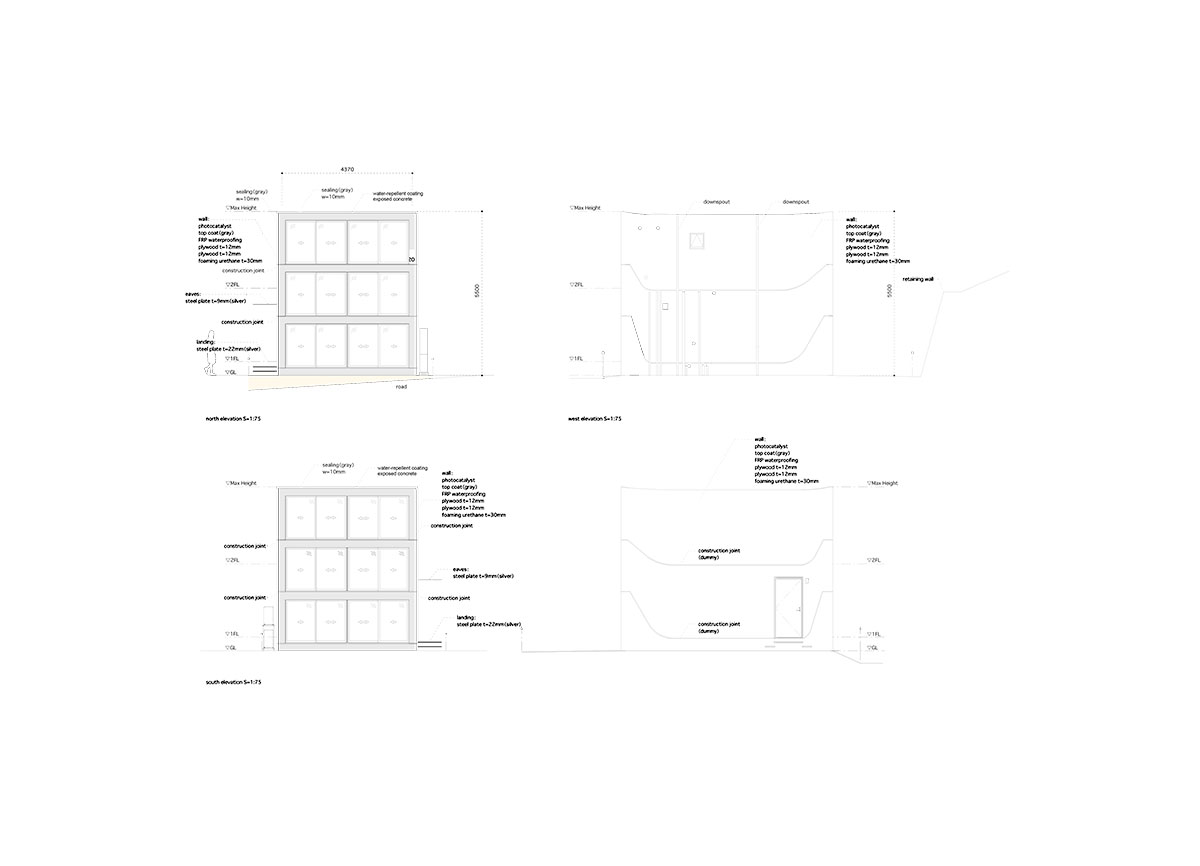
project info:
architect: takeshi hosaka
structural engineers: kenji nawa
photographer: koji fujii / nacasa&pertners inc.
client: toshiyuki kondo
name: byoubugaura house
location: yokohama , japan
construction: reinforced concrete (rc)
site: 65.16 m2
building area: 30.28 m2
floor area ratio: 90.84 m2 ( b1f /30.28 m2 1f /30.28 m2 2f /30.28 m2)
building height: 5494 mm
levels: b1f + 1f+2f
building function: house
design: march 2011 – september 2011
planning start (m/y): march 2011
beginning of construction: september / 2011
completion: spring / 2012
